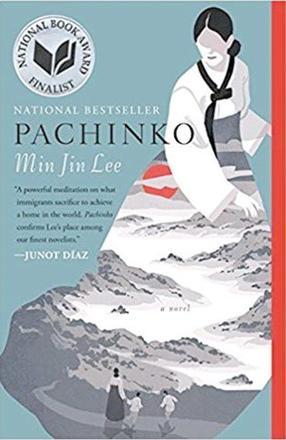You are here
Facing decline, Japan’s pachinko industry tries offering a clean, well-lighted place
By Reuters - Aug 19,2014 - Last updated at Aug 19,2014

TOKYO — Japan’s once-booming pachinko industry, grappling with a greying customer base and the threat of new competition from casinos, is adopting a softer touch and smoke-free zones to lure a new generation of players, particularly women.
Pachinko, a modified version of pinball, is a fading national obsession, with about 12,000 parlours nation-wide and one in thirteen people playing the game.
But that figure is declining as the population shrinks and younger people prefer games on their mobile phones.
To try and reverse the trend, some pachinko operators have built spacious, airy parlours designed to attract more women and younger players to a pastime tarred by its association in the public mind with older and idle men given to chain smoking.
Catering to different tastes to boost an industry that still sees some $185 billion wagered annually, machines in pachinko parlours now feature anime characters, games and idols, ranging from all-girl group AKB48 to Resident Evil, a video game blockbuster by Capcom Co. that was made into a Hollywood film.
“We’re trying to change the image of pachinko as loud, smoke-ridden and male-dominated,” said Tomoko Murouchi, a spokeswoman for one of the largest operators, Dynam Japan Holdings.
Dynam, which has 371 pachinko parlours around Japan, is building new game centres with higher ceilings, smoke-free zones and ventilators, with dividers between machines for privacy.
Rival Maruhan Corp., Japan’s largest pachinko chain by money wagered, has tried opening buffets at parlours and promoting a new kind of pachinko, but has recently shifted focus back to existing players, said spokesman Kenjiro Shimoda.
‘Come alone and focus’
More than half of Dynam’s customers are older than 50, with just 9 per cent younger than 30. But the number of youthful players has almost doubled from 5 per cent in 2006.
About 200 people queued at the recent grand opening of a Dynam parlour in Fuefuki city, 100km west of Tokyo.
Although women make up just 27 per cent of players at Dynam’s parlours, Marina Osada, a clerical worker, said she played pachinko three times a week, sometimes for the entire day when she was off work.
“I still remember the day I hit a jackpot and saw a very rare — the best — scene from the anime ‘Basilisk’. I was so happy,” said Osada, 21, who looks for machines that feature her favourite anime.
“Pachinko used to be just for men, but I like pachinko. I come alone, and just focus.”
Pachinko revenues are falling as Japan’s population ages.
Gross revenue has shrunk to 19 trillion yen ($185.75 billion) from 31 trillion over the past two decades, and the number of players halved between 2002 and 2012, research by investment bank Morgan Stanley shows.
Part of the problem has been a 15-year economic slump just ending. Spending on all kinds of leisure has dropped by almost a third over the past 20 years, but the number of players per machine has roughly halved since 2000 to stand at just over two in 2012, Morgan Stanley estimates.
Japan’s moves to legalise casino resorts could force pachinko out of the grey zone where it has thrived for decades. It faces no gaming taxes, since it is not treated as gambling, which is illegal, but is viewed instead as an amusement.
Pachinko began as a children’s toy in the 1920s, which gained popularity among adults after World War II.
Machines spew out winnings in the form of small metal balls. Most players opt to swap winnings for cash, with 87 per cent of players at Dynam going this route.
Maruhan and Dynam have fared better than the rest of the industry, which is dominated by family-owned firms. Maruhan’s annual revenue after payouts was about 80 billion yen for the fiscal year that ended in March, up about 16 per cent from 2012.
Related Articles
Nearly 5 per cent of Japanese adults are addicted to gambling, a rate up to five times that of most other nations, according to a study.
AMMAN — HRH Princess Ghida Talal, chairperson of the King Hussein Cancer Foundation’s board of trustees, on Monday honoured winners of
Pachinko Min Jin LeeNew York: Grand Central Publishing, 2017, 479 pp Pachinko, a cross between slot machine and pinball, gives its















